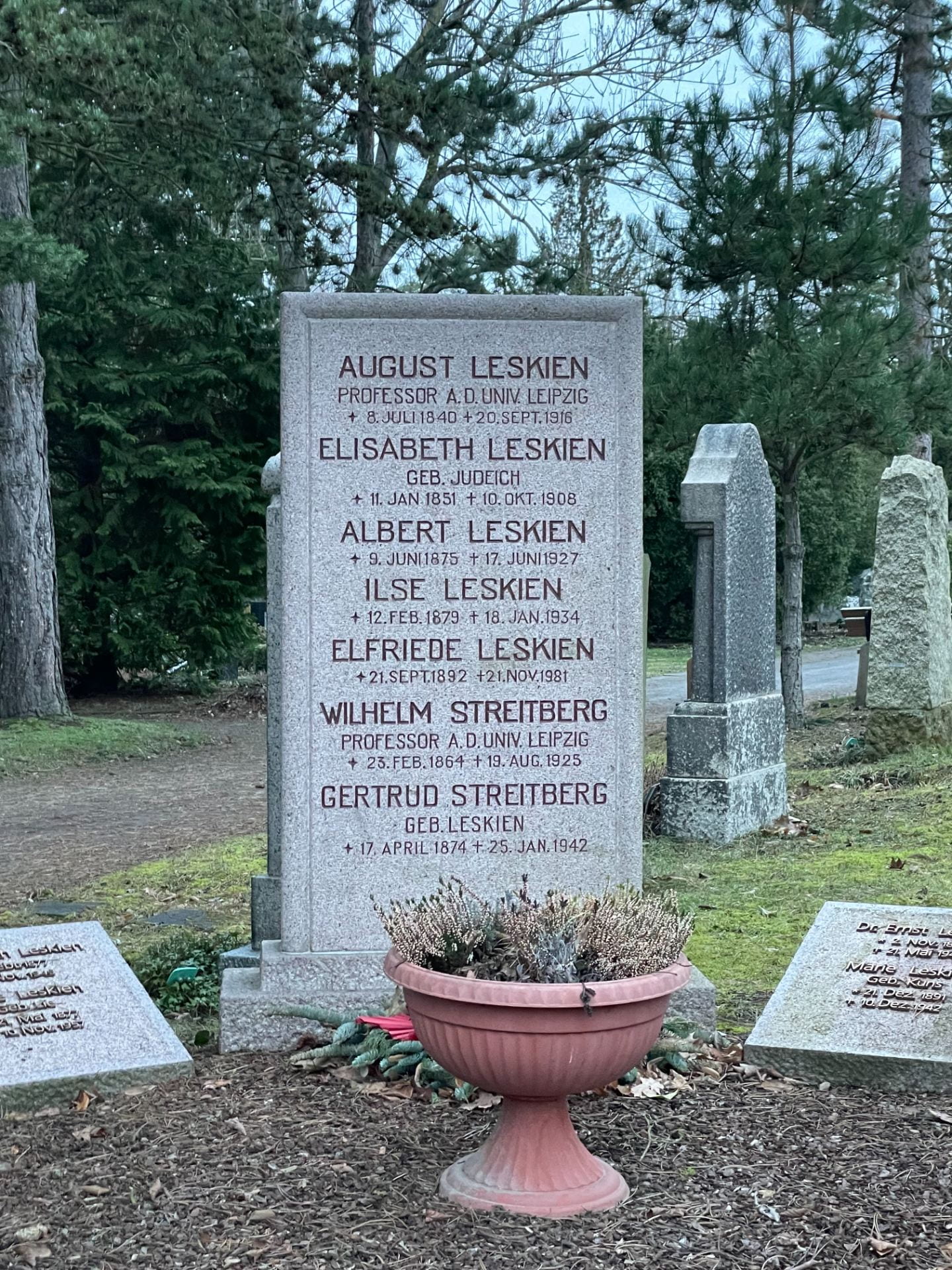Undergraduate Departmental Honors Recipients Winter 2024
Jennifer GoiAmanda Pollem
Cao at NACCL 36 at Pomona
Fifth-year Ph.D. candidate Yaqing Cao presented her work “Ability Modals and Their Interactions with Negation in Mandarin Chinese” at the 36th North American Conference on Chinese Linguistics (NACCL 36) hosted at Pomona College, March 22-24.
Cao and Pancheva at TU+9 at Cornell
On March 23-24, fifth-year Ph.D. candidate Yaqing Cao and faculty Roumyana Pancheva presented joint work as a poster at the 9th Workshop on Turkic and Languages in Contact with Turkic (Tu+9) hosted by Cornell University. Their work is titled “The three musketeers: plural marking in Turkish nominal phrases with cardinal numerals”, and you can find the abstract here.
Wax Cavallaro named as finalist at 2024 Grad Slam
On March 2, fifth-year Ph.D. candidate Maya Wax Cavallaro took part in this year’s Grad Slam and made it into the final round of the competition. Her talk was titled Syllables in Our Minds: Evidence from a Learning Experiment (from 1:01:02-1:07:33). Maya went through tough competition and won the Humanities Division preliminaries on Feb 7, securing a spot in the final round to compete with winners from four other divisions (Arts, Engineering, Physical and Biological Sciences, and Social Sciences).
As background, Grad Slam is a communication contest hosted by the UC Santa Cruz (and across all UC campuses) Graduate Division that is open to all graduate students, where participants have a maximum of three minutes to explain their graduate research or artistic endeavor to a general audience.
Congratulations to Maya on her wonderful performance and on showcasing linguistic research to a wide audience!
Morimoto to Chuo University
Ph.D. alumna (2020) Maho Morimoto recently joined the Faculty of Commerce at Chuo University as an assistant professor. She will teach English to business, accounting, marketing, and banking students.
From Maho:
Chuo University’s campus is located in the suburb of Tokyo right next to a zoo and is built on a hill, which reminds me a little of the UCSC campus. I will continue my research collaboration with the Speech Communication lab at Sophia University, where I worked for 2 years as a postdoc. If you ever have a chance to visit Tokyo, let me know and we can go on a little nice hike in Mt. Takao!
Many congrats, Maho!




